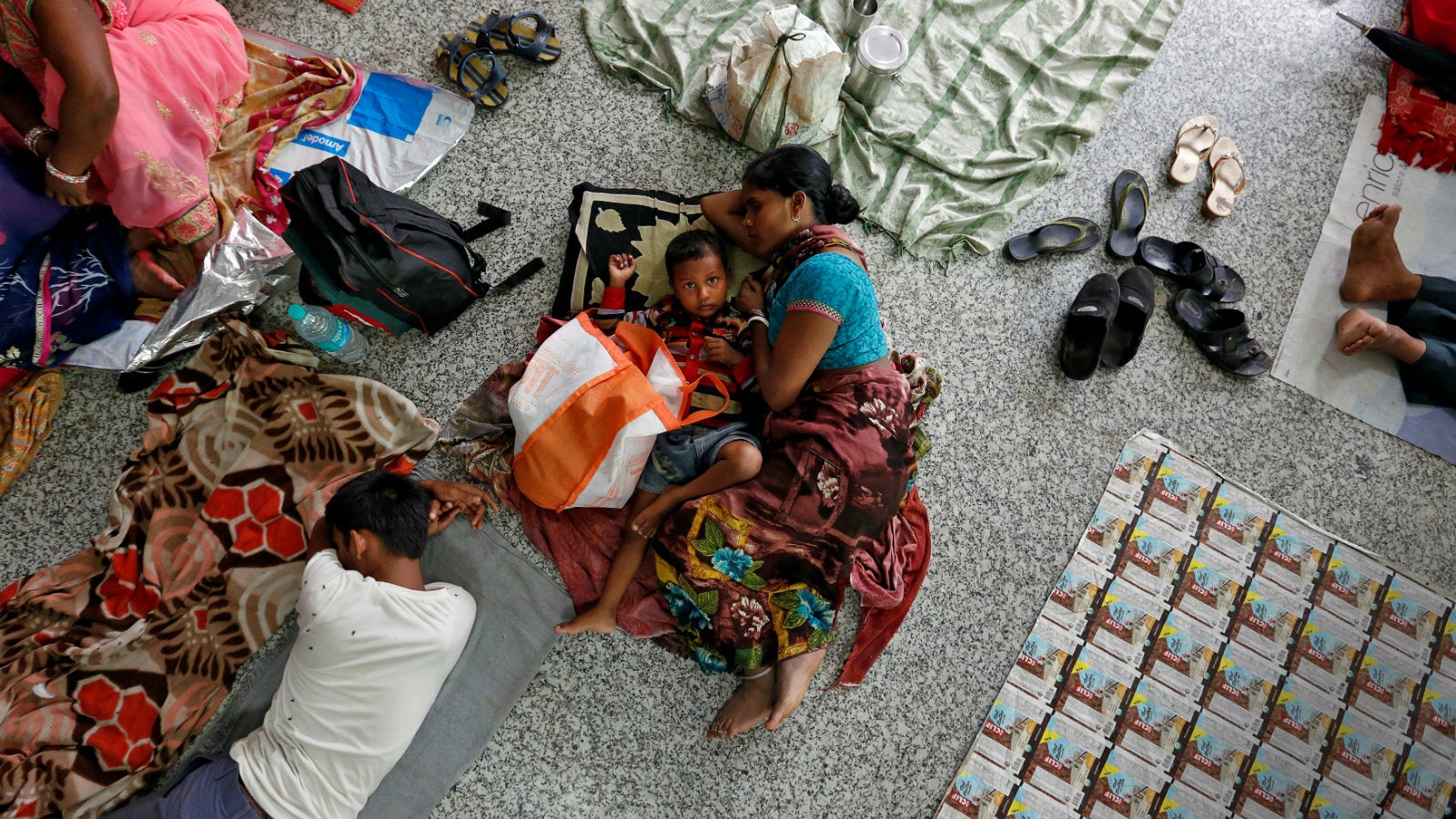Economic reforms must strengthen the government—not reduce its role in public policy
There has been a fair amount of debate in the country on the implications of the new directions in India’s economic policy. Most (though not all) commentators seem to agree that efficiency in the use of resources and growth performance of the economy need to be improved. There is also broad agreement that the government’s fiscal deficits should be reduced, exports should be increased, and that more should be done for improving the health and education of the poor.


There has been a fair amount of debate in the country on the implications of the new directions in India’s economic policy. Most (though not all) commentators seem to agree that efficiency in the use of resources and growth performance of the economy need to be improved. There is also broad agreement that the government’s fiscal deficits should be reduced, exports should be increased, and that more should be done for improving the health and education of the poor.
…
A decisive move towards more (and deeper) economic reforms is the first strategic priority for the future. However, it will be a grave mistake to misconstrue the need for economic reforms by calling for a lesser role for the government or public policy in widening opportunities and creating a positive environment for equitable development.
In developing countries such as India, with massive illiteracy and underdevelopment of infrastructure, the government must continue to play a crucial role in creating the necessary conditions for growth through investments in areas such as education, health, water supply, irrigation, infrastructure, and so on. These tasks cannot be taken over by the market.
Successful economic reforms must result in strengthening the ability of governments to do what they need to do by helping to generate higher growth, higher revenue, and higher productivity. As the recent experience of several transitional and emerging market economies shows, economic reforms are necessary but by no means a sufficient condition for growth and development.
In this connection, a core issue, with multiple dimensions, which would need to be resolved in the years to come, is what can perhaps be described as a growing “public-private” dichotomy in India’s economy.
It is a striking fact that economic renewal and positive growth impulses are now occurring largely outside the public sector—at the level of private corporations (like software companies), autonomous institutions (like the Indian Institutes of Management or the Indian Institutes of Technology), or in the case of individuals at the top of their professions in India and abroad. In the governmental or public sector, on the other hand, there is a marked deterioration at all levels—not only in terms of output, profits and public savings but also in the provision of vital public services in the fields of education, health, water and transport.
These two elements—fiscal deterioration and the inability to provide essential services—are, of course, intimately connected. Most of India’s public resources are currently dissipated in the payment of salaries or for interest on past debt, with little or no resources available for the expansion of public or publicly supported services in vital sectors.
In considering the reasons for the decay and deterioration that is taking place in India’s public services, one is reminded of an observation made by AH Hanson more than 50 years earlier on the reasons for the then prevailing crisis of Indian planning. He was an admirer of Indian planners, but after seeing the results on the ground, he was compelled to ask:
The men are able, the organisation is adequate, the procedures are intelligently devised. Why, then, have the plans, since 1956, so persistently run into crisis?
Hanson’s answer to this question is also revealing:
For various reasons, Indian planners have never treated the “objective function” with sufficient respect. Their tendency is to give themselves the fullest benefit of every possible doubt…Too many of their aims are contingent upon the adoption, by various sections of the Indian community, of attitudes they are exceedingly unlikely to adopt…
That was in 1963! Over time, India’s problems in the management of public resources at different levels have only become more and more intractable.
…
Let us also consider who suffers the most from fiscal stringency and the atrophy of the public delivery systems. It is certainly not the affluent classes, or persons elected or appointed by the people to serve them. They can always go to private hospitals, private schools, autonomous universities or institutes of higher education, and have similar alternative means of meeting their other requirements.
The worst affected are likely to be the poor, the unemployed, and the illiterate, who are dependent on public services, public investment and public programmes.
To conclude, there are two important prognostications about India’s potential for long-term growth in the twenty-first century that are worth considering. The first is by a well-known Indian economist with a distinguished record of forecasting. He has observed that “it is possible for India to have a per capita income of US $30,000 by the year 2047. If the Indian economy does as well as some of the world’s fast-growing economies have done, it could be even higher.”
The second projection is by a professor in business management in the United States. He estimated that, by 2025, India’s GDP would exceed that of Japan, and India could then be the third-largest economy in the world (behind the US and China). Both forecasts, independently arrived at, in two different parts of the world, are, of course, contingent on a number of factors. There is, however, no doubt that if India is able to realise even half its potential in the next twenty or twenty-five years, India’s poverty would surely become a distant memory.
Excerpted with permission from Bimal Jalan’s book India: Priorities for the Future published by Penguin India. We welcome your comments at [email protected].